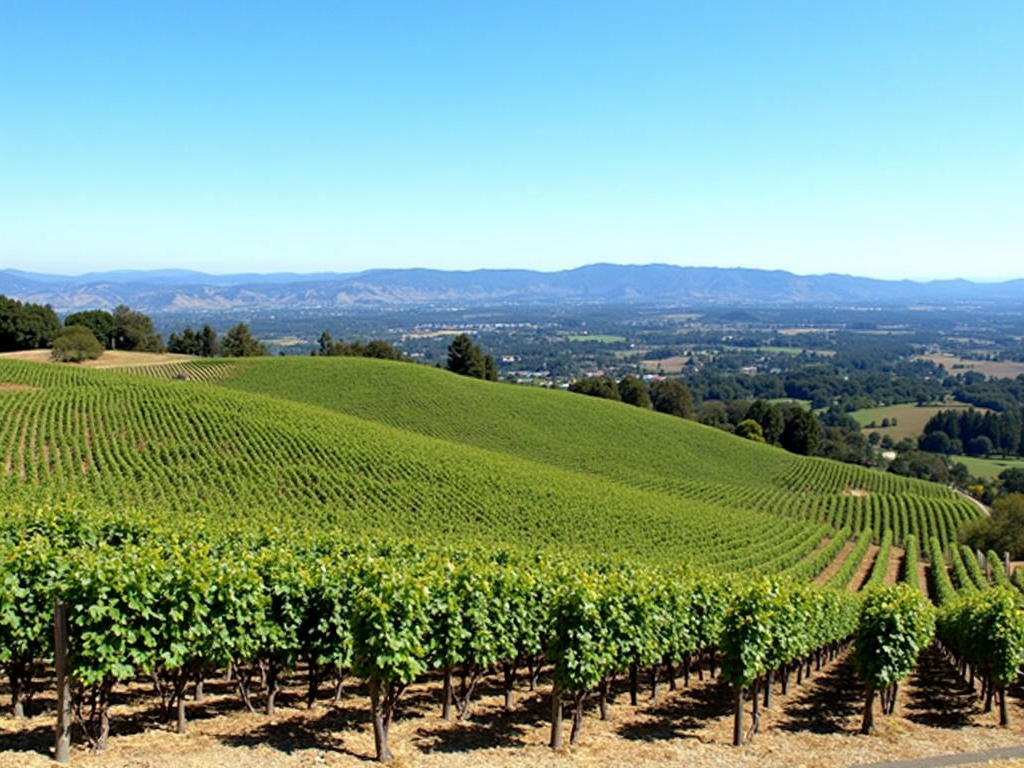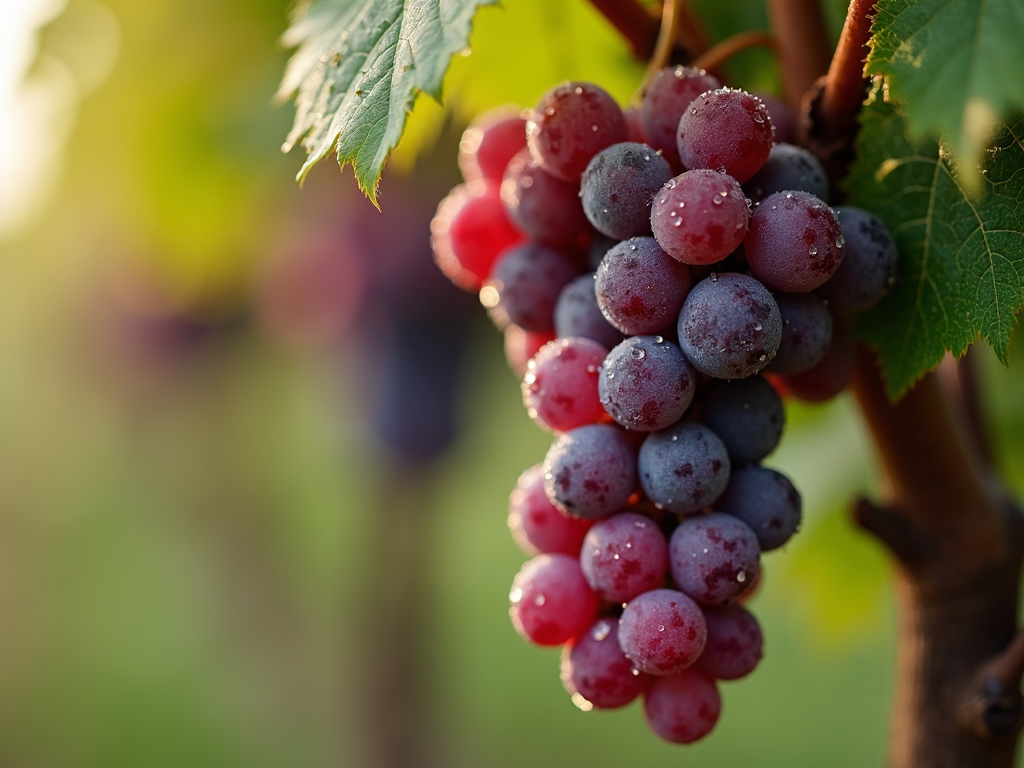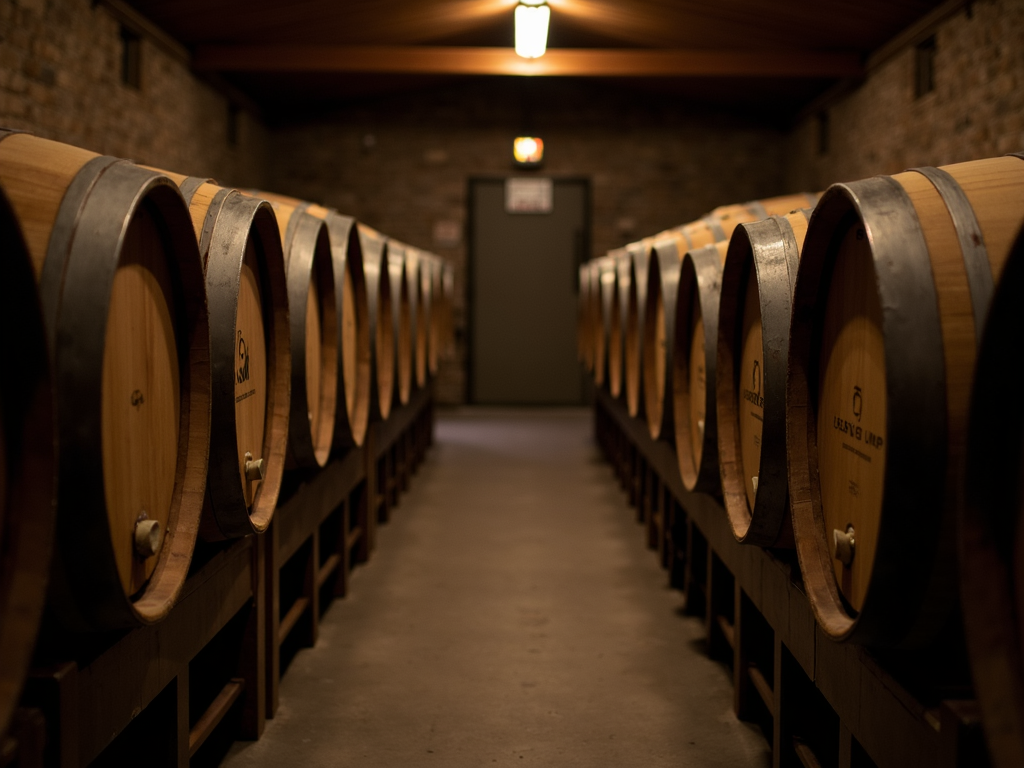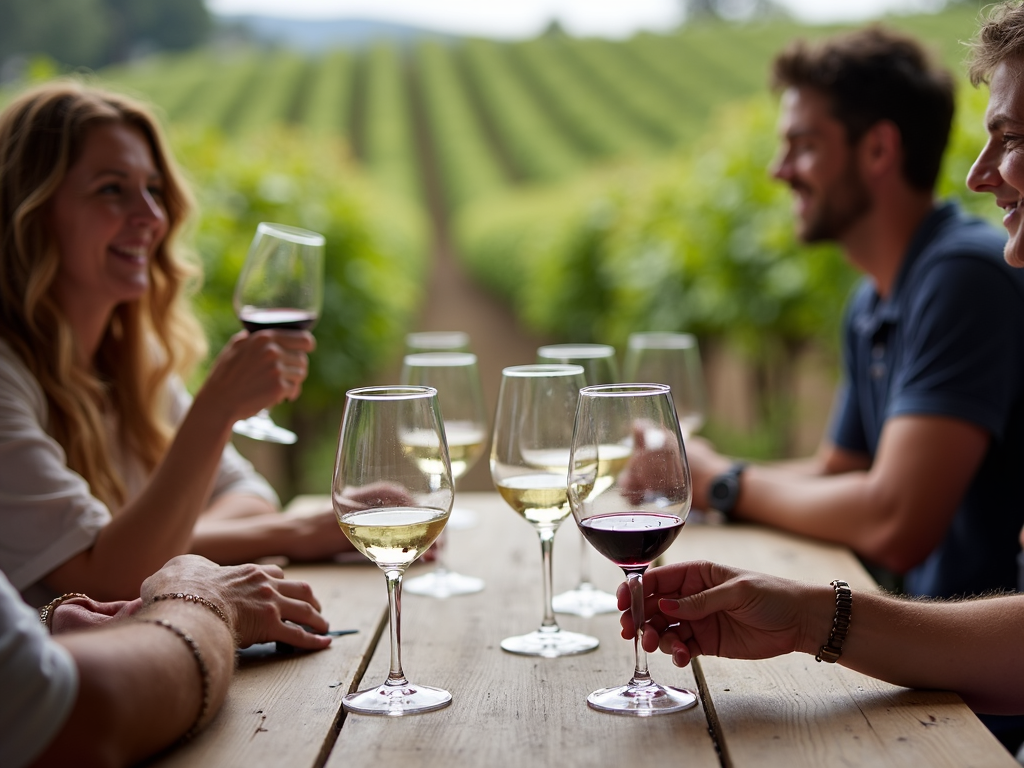The Art of Winemaking: Exploring the Beringer Wine Production Process
Overview: Beringer, one of the oldest and most respected wine brands in the United States, has perfected its wine production process over more than a century. Known for its commitment to quality and innovation, Beringer’s wines are a testament to the artistry and science of winemaking.

A Legacy of Excellence: The History of Beringer
Beringer was founded in 1876 by brothers Jacob and Frederick Beringer, who immigrated from Germany to California’s Napa Valley. They wanted to make wines that could stand up to Europe’s best, and they succeeded. Over the years, Beringer has grown into a leader among wine brands, staying true to its roots while embracing new ideas. It’s one of the oldest wineries in the U.S. that’s never stopped running, even through tough times like Prohibition.
Want to know more about Napa Valley’s wine history? Check out this study from UC Davis.
Vineyard Selection: Where It All Begins
Great wine starts with great grapes, and the Beringer wine production process is no exception. Beringer picks its grapes from top-notch vineyards in Napa Valley and beyond. The winery’s experts work with growers to choose the best vines, looking at things like soil, weather, and how old the plants are.
Here’s what makes their vineyards special: - Soil: From volcanic to sandy, the variety shapes the grapes’ flavor. - Weather: Warm days and cool nights in Napa Valley help grapes ripen just right. - Care: Beringer uses eco-friendly methods to keep the land healthy for years to come.

The Wine Production Process: Step by Step
The Beringer wine production process mixes old-school know-how with modern tools. Here’s how they turn grapes into the wines you love:
1. Harvesting
Workers pick grapes by hand when they’re perfectly ripe—often early in the morning to keep them fresh. Timing matters because it affects the taste.
2. Crushing and Pressing
The grapes go to the winery and get crushed gently to release juice. For white wines, the skins come off fast. For reds, they stay on to add color and depth.
3. Fermentation
Next, the juice goes into tanks or barrels with yeast to turn sugar into alcohol. Beringer controls the temperature to get it just right.
4. Aging
The wine rests in oak barrels to build flavor. Beringer’s team picks barrels carefully, and aging can take months or even years.
5. Blending
Winemakers taste different batches and mix them to create a balanced wine. This is where Beringer’s signature style comes to life.
6. Bottling
Finally, the wine gets filtered, bottled, and labeled using top equipment to keep every bottle perfect.
Curious about the science behind it? See this guide from the Wine Institute.

Quality and Care: Keeping Standards High
Beringer doesn’t cut corners. They check everything—grapes, barrels, and final bottles—to make sure it’s top quality. Plus, they’re big on sustainability. They save water, use clean energy, and protect the land’s wildlife.
- Certifications: Beringer has earned awards like the Napa Green Winery badge.
- Tech: They use new tools to make great wine without harming the planet.
My Take: Experiencing Beringer
I’ve been to Beringer’s estate in St. Helena, and it’s something special. Walking through the vineyards, you see the care they put in. Tasting their Cabernet Sauvignon or Chardonnay feels like sipping Napa Valley itself. It’s clear why Beringer stands out among wine brands—their passion shines through.

Summary: The Beringer wine production process blends tradition, skill, and a love for the earth. From picking the best grapes to crafting each bottle, Beringer shows why it’s a top name among wine brands. Whether you’re new to wine or a pro, their story and flavors are worth exploring.